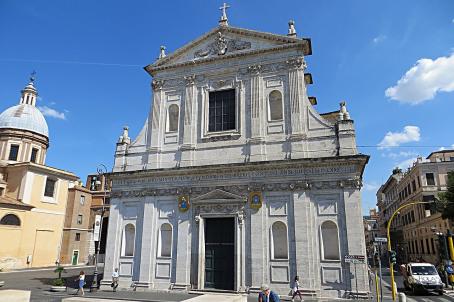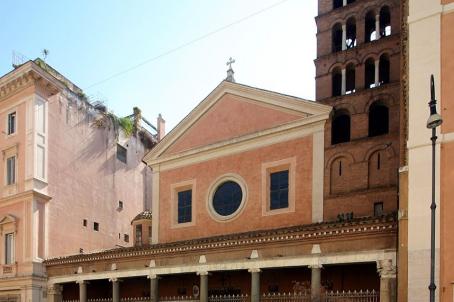Church of Santi Ambrogio e Carlo al Corso

Santi Ambrogio e Carlo al Corso was built between 1612 and 1669 on a former 10th-century church. The church was originally designed by Onorio Longhi in a project inspired by the architecture of Milan Cathedral. Since 1906, the maintenance of the basilica has been entrusted to the priests of the Institute of Charity (Rosminians).





